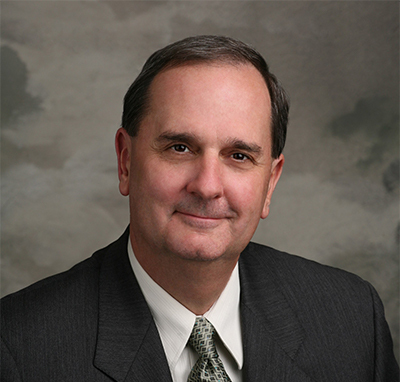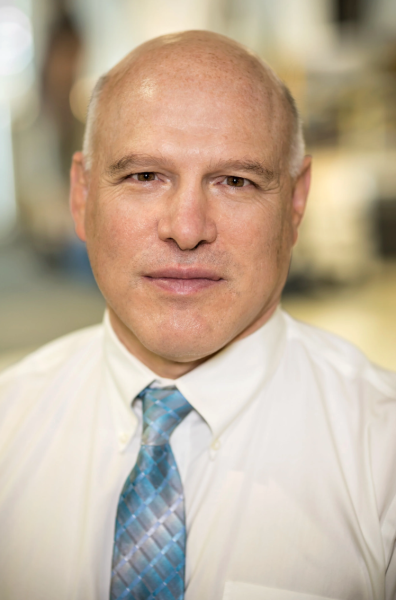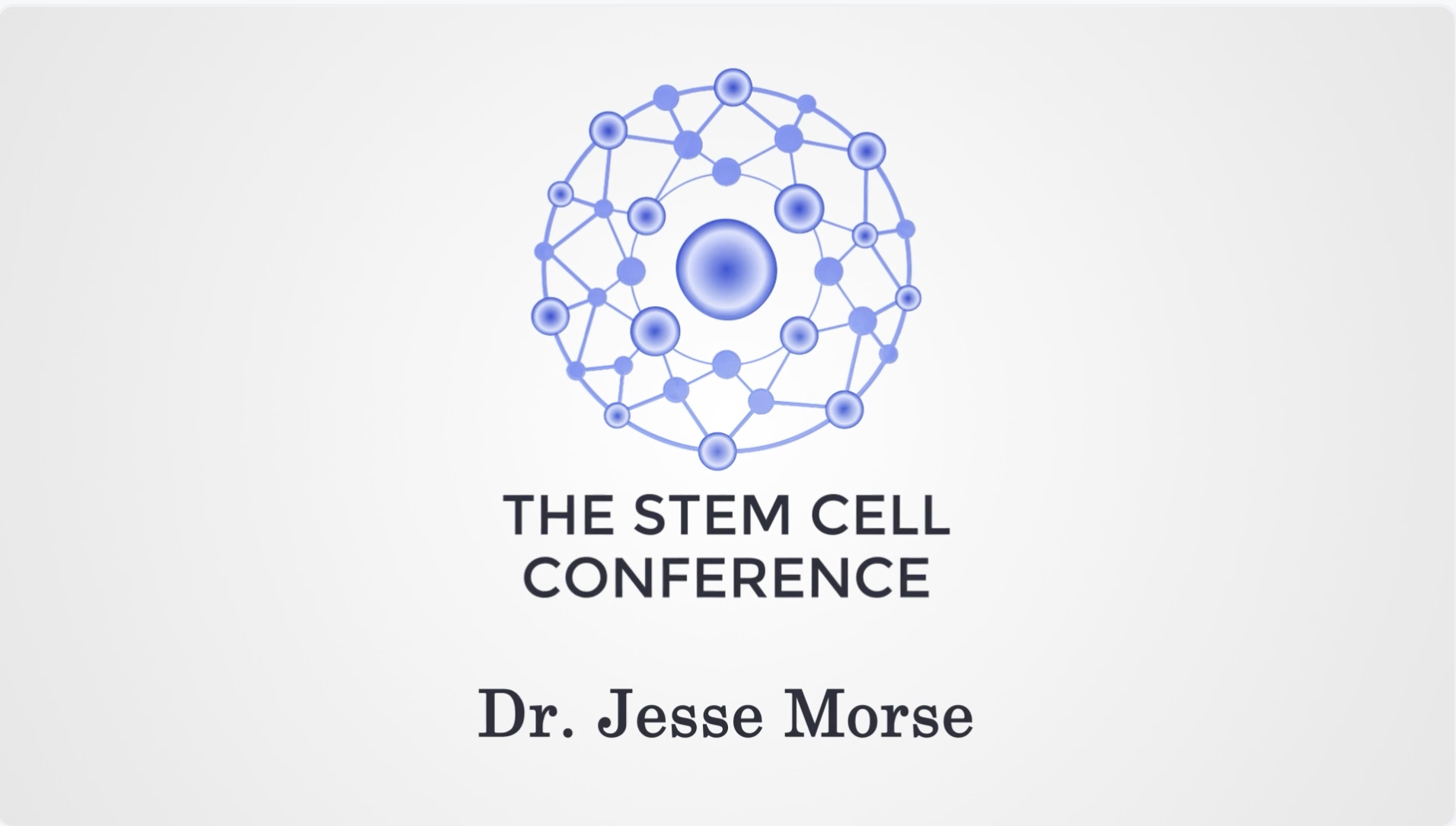By Antoinette George, TSCC 2025 Reporting
At the 2025 Conference, one of the standout presentations came from stem cell pioneer and veteran Stu Williams, whose decades-long journey into adipose stem cell research has literally taken him from university labs to zero-gravity flights. Williams offered the audience a fascinating and provocative update on the science behind fat-derived stem cells—and why much of what we think we know about mesenchymal stem cells (MSCs) may need revisiting.
Challenging the MSC Narrative in Stem Cell Therapy
For years, mesenchymal stem cells (MSCs) have dominated conversations about fat stem cells. However, Williams made a bold claim: the real stem cells in adipose tissue aren’t MSCs at all—they’re endothelial cells, the specialized cells lining blood vessels.
This revelation is grounded in research dating back to the 1940s, when a husband-and-wife team at the University of Pennsylvania first observed fat development in rabbits. Their work revealed that fat cells originate from endothelial cells, meaning blood vessel cells are the true progenitors of fat tissue. Since then, multiple studies have reinforced this discovery, yet it remains surprisingly underappreciated in the field of regenerative medicine.
Why Understanding Fat Stem Cell Origins Matters
Understanding the origin of adipose-derived stem cells is critical because it affects how researchers isolate and use these cells therapeutically. Williams highlighted that many popular lab techniques actually discard endothelial cells during filtration, potentially losing the most potent stem cell population.
He emphasized that in typical adipose tissue samples, around 61% of the cells are endothelial, with adipocytes (fat cells) making up only about 12%, and immune cells the rest. This overturns some conventional wisdom and suggests that stem cell therapies using fat might be more effective if they focus on endothelial cells.
Busting Myths About Fibroblasts, Parasites, and MSCs
Williams also addressed several misconceptions. He pointed out that “fibroblasts,” often mentioned as key stem cells, are actually just a morphological phenotype rather than a distinct cell type. Additionally, he argued that parasites—a cell population some researchers have blamed as stem cell origins—are nearly nonexistent in fat tissue.
Importantly, Williams critiqued the term “MSC” as an oversimplified label created by committees that may hinder scientific progress by obscuring the true complexity and heterogeneity of stem cells in fat tissue.
The Historical Trail of Adipose Stem Cell Research
The roots of fat stem cell science trace back to Martin Rodbell’s pioneering 1960s work. Rodbell developed a method to isolate cells from fat using collagenase, a type of enzyme, and was later awarded the Nobel Prize for related discoveries about cell signaling. Williams paid tribute to Rodbell and other early scientists who laid the groundwork for today’s adipose stem cell therapies.
He also noted the challenges posed by inconsistent terminology—“stromal vascular fraction,” “adipose stem cells,” “sedimented cells,” among others—all describing similar cell populations but causing confusion for researchers and regulators alike.
From Lab to Operating Room: Clinical Use of Fat Stem Cells
Williams and his longtime collaborator Bruce Jarrell were among the first to translate this research into clinical practice by introducing stromal vascular fraction (SVF) cells into surgical settings to help rebuild large blood vessels. Their approach, which Williams calls “endothelial cell transplantation,” bypasses some of the ambiguity around stem cell terminology and focuses on the cells’ regenerative potential.
Regulatory Challenges in Stem Cell Therapy
Williams highlighted an ongoing regulatory paradox: the FDA classifies fat tissue as connective tissue, subjecting it to strict regulations, while pancreas tissue—processed similarly—is classified as an organ and regulated differently. He advocates for fat tissue to be recognized as an organ, which he believes would better support safe innovation without unnecessary barriers in stem cell research and regenerative medicine.
Quality Control and Outcomes: Keys to Successful Stem Cell Therapies
Closing his talk, Williams urged the field to adopt rigorous quality control systems to standardize cell isolation and processing. But he stressed that quality systems alone aren’t enough—tracking clinical outcomes is essential to ensure these therapies truly benefit patients.




